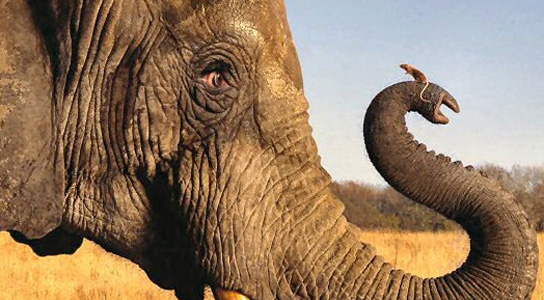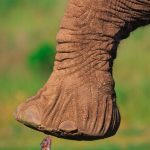Study Measures Mammalian Growth, Taking 24 Million Years to Go from Mouse to Elephant
January 30, 2012

Evolution has its quirks, and getting from a mouse-sized animal to a pachyderm didn’t take thousands of years, it took millions. Evolutionary biologists have published findings in the journal Proceedings of the National Academy of Sciences have discovered that it took 24 million years to get from a mouse-like animal to get to an animal the size of an elephant.
 Researchers were led by Alistair Evans, an evolutionary biologist at Monash University in Clayton, Australia, and they investigated how to get to a maximal body mass, that had increased among 28 orders of mammals on multiple continents during the past 70 million years. They compared the sizes of the largest members of the mammal groups at different points in time, using modern mammals to estimate the length of a generation for each group. Evans et al. tracked the speed at which mammals expanded.
Researchers were led by Alistair Evans, an evolutionary biologist at Monash University in Clayton, Australia, and they investigated how to get to a maximal body mass, that had increased among 28 orders of mammals on multiple continents during the past 70 million years. They compared the sizes of the largest members of the mammal groups at different points in time, using modern mammals to estimate the length of a generation for each group. Evans et al. tracked the speed at which mammals expanded.The top speed of mammalian growth was slower than had been previously thought. The 100,000-fold size increase was thought to have taken between 200,000 and 2 million generations. Larger-scale alterations require more time. If everything above the size of a rabbit was wiped out, it would take at least 5 million generations to get back to elephant-sized animals, states Evans. That translates to 20 million years.
Whales grew much quicker than land-based animals. It took only 3 million generations for a 1,000-fold size increase. Downsizing also occurs much faster. The shrinking speed is 30 times faster. Size increases require the accumulation of a skeletal infrastructure to support massive frames, but when mammals shrink, they can bypass these evolutionary obstacles.
No comments:
Post a Comment